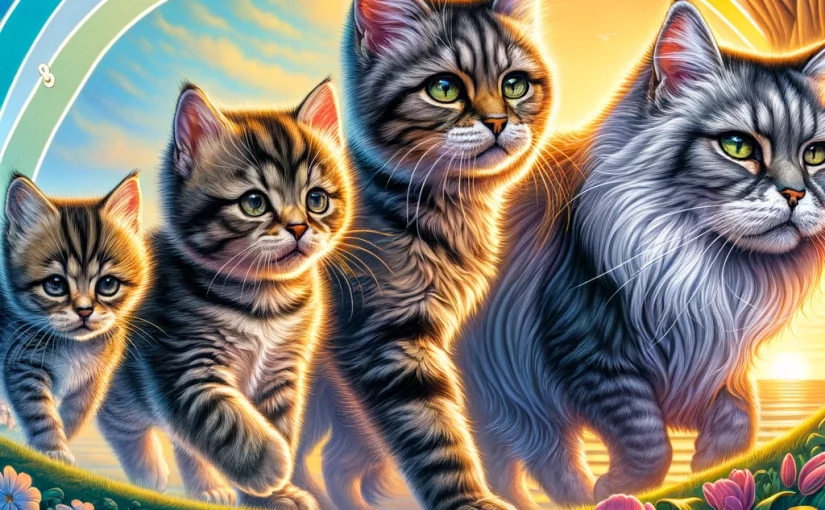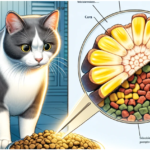Cats, with their enigmatic personalities and graceful aging, often leave their owners pondering about their actual age. Whether you’ve recently welcomed a new furry friend into your home or you’re curious about your long-time companion, understanding your cat’s age is crucial for providing the best care possible. In this guide, we’ll try to answer the question, “How old is my cat?” by exploring how you can estimate your cat’s age and what changes to expect as they grow older.
Understanding Cat Years
Contrary to popular belief, the simple formula of multiplying a cat’s age by seven to find its human equivalent doesn’t quite capture the intricacies of feline aging. Cats mature and age at a rate that’s not directly linear to humans. Here’s a more nuanced approach:
- First Year: The first year of a cat’s life is equivalent to approximately 15 human years. This phase is where they grow rapidly, transitioning from playful kittens to more composed adolescents.
- Second Year: By the end of the second year, a cat is roughly equivalent to a 24-year-old human, having reached full maturity.
- Subsequent Years: For each year after the second, add about four human years to your cat’s age.
This method provides a general guideline, but remember, individual health, breed, and care can significantly influence how your cat ages.

Physical Signs of Aging in Cats
If you’re unsure of your cat’s exact birthdate, physical signs can help you estimate their age. Here’s what to look for:
Kittens and Young Cats
- Teeth: In kittens, baby teeth start to appear around 2-4 weeks of age, with a complete set of baby teeth by 8 weeks. Permanent teeth replace these around 6 months.
- Eyes: Kittens open their eyes about 7-10 days after birth, with eye color settling by 8 weeks.
- Size and Development: Kittens grow rapidly, reaching adolescence by 6 months, with their size and muscle tone increasing until about 2 years.
Adult Cats
- Teeth Condition: In adult cats, teeth can give clues about age. Yellowing might start at 2-3 years, with tartar buildup becoming more evident as they age.
- Muscle Tone: Young adult cats typically have good muscle tone. As cats age into their middle years (5-10 years), they might show signs of weight gain or loss.
Senior Cats
- Coat Color: Senior cats, especially those over 12 years, may start to show graying or white hair, particularly around the muzzle.
- Eye Clarity: The clarity of their eyes may diminish, with some cats developing a slight cloudiness in the lens. Severe cloudiness, however, can indicate health issues and warrants veterinary attention.
- Activity Level: Older cats might be less active, preferring rest over play, and may have difficulty jumping onto high surfaces.
Health and Behavior Changes
As cats age, they may face health challenges and behavior changes. Senior cats, in particular, are at risk for conditions such as kidney disease, hyperthyroidism, and arthritis. Monitoring your cat for signs of illness, including changes in appetite, weight, activity level, and bathroom habits, is vital. Regular veterinary check-ups are essential to catch and manage age-related health issues early.
Providing Care at Different Life Stages
Understanding your cat’s life stage helps in providing appropriate care:
- Kittens require vaccinations, spaying/neutering, and plenty of socialization.
- Adult Cats benefit from regular exercise, dental care, and a balanced diet to prevent obesity.
- Senior Cats may need adjustments in their diet for easier digestion, more comfortable resting areas to soothe aching joints, and more frequent veterinary visits.
Conclusion
Determining your cat’s age might require a bit of detective work, but it’s a worthwhile endeavor to ensure they receive the love and care appropriate for their life stage. Remember, regular veterinary care is crucial at every stage of your cat’s life, helping them to lead a long, healthy, and happy life.
Whether your feline friend is a sprightly kitten or a dignified senior, understanding their age allows you to tailor your care and deepen the bond you share. Here’s to many more happy years with your beloved cat!







Nice post.Thanks for sharing.